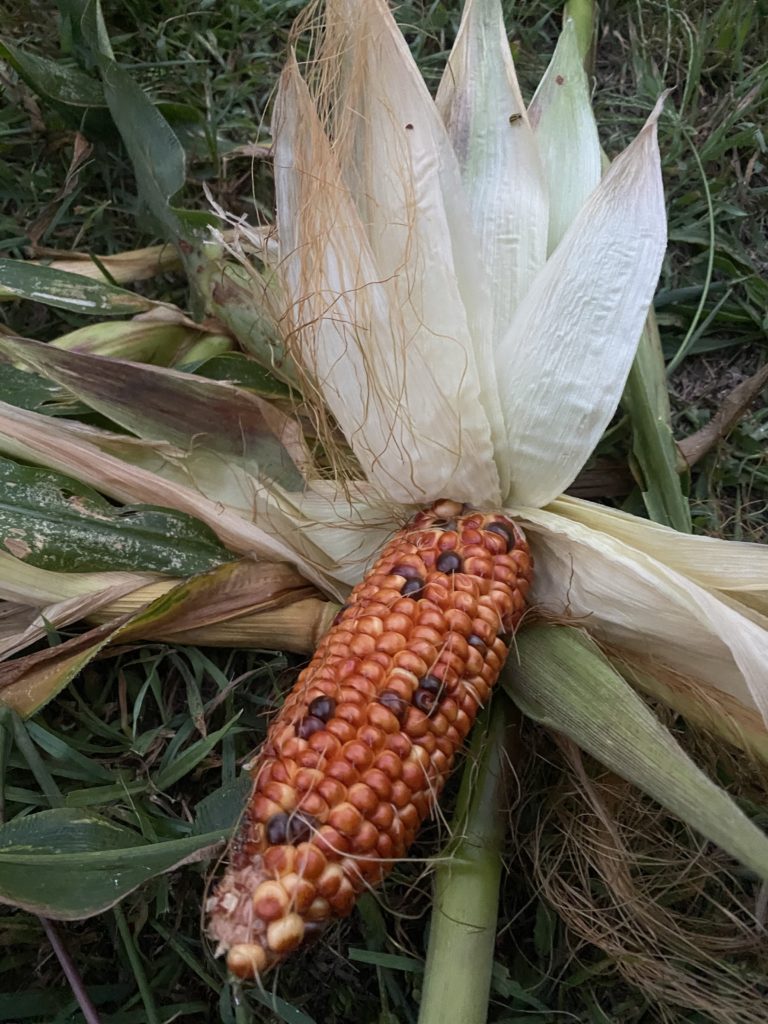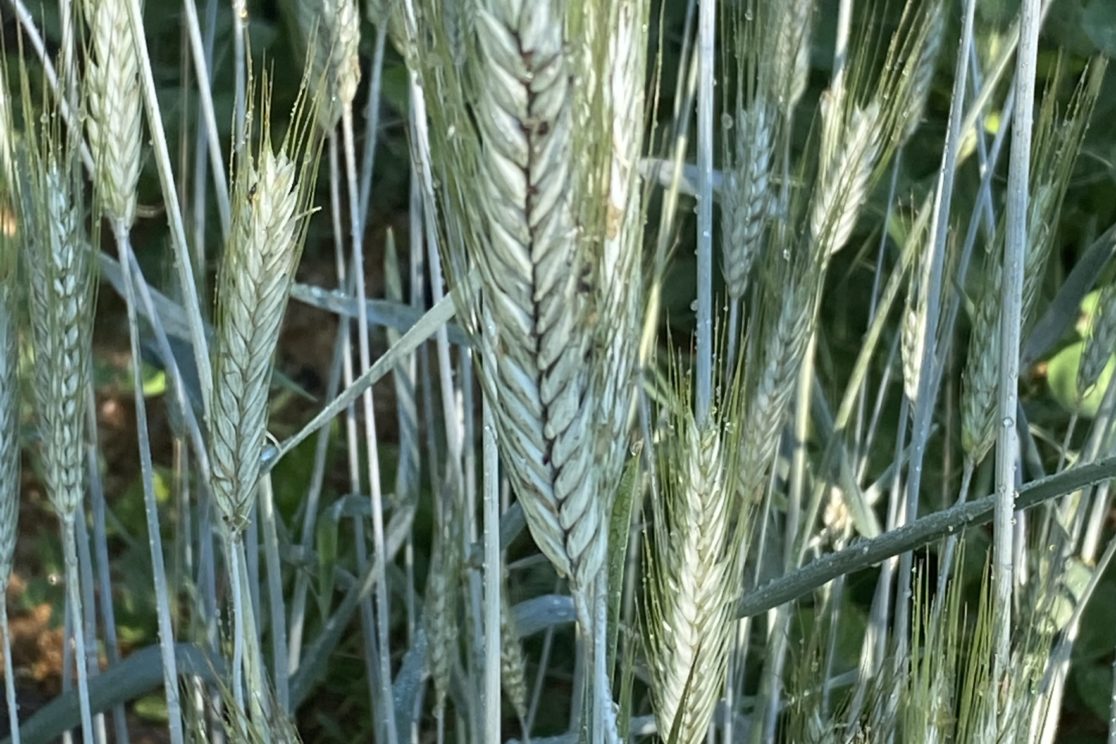What gluten gives
Wheat consumption has revolutionized our current era. Not only does it fill up 50% of the average daily food intake, it provides fibre and B vitamins (B1, B2, B3, B6, B9) and some iron, zinc and selenium. Gluten is found in more than bread and pasta, it is a universal processed food additive as a thickener, flavour enhancer and texture modifier. With the gluten free trends in diet, unfortified meals are seriously low in protein, magnesium, potassium, vitamin E, folate, sodium and calcium.
Gluten provides:
- fibre
- B1, B2, B3, B6, B9
- iron
- zinc
- selenium
What’s the problem with gluten?
Non of us have the enzyme to properly break down the gluten protein structure. It causes damage in the gastrointestinal lining which takes, for most 20 minutes to heal after eating it. For those who have lost their tolerance due to genetic, environmental or trauma based factors, it can take up to 5 hours. Then it is time for the next meal. Gluten can cause issue for those with Celiac disease, but also for those with non-celiac gluten related disorders. It can be more than a tummy ache. in fact there are 8x more gluten related issues that occur in the rest of the body versus in the gut itself. The brain is most commonly affected.
Gluten sensitivity plays a role in things like:
Attention Deficit Hyperactivity Disorder (ADHD)
Autism
Schizophrenia
Cerebellar ataxia
Depression
Anxiety
Fertility
Autoimmunity
Celiac disease
Gallbladder issues
Parkinson’s disease
Dermatitis herpetiformis
Polymyalgia
Osteoporosis
Liver disease
Thyroid disease
Increased risk of suicide
What’s the problem in a gluten free diet?
One would hope a gluten free diet would make all the related health problems go away. But this isn’t always the case. Take the lack of nutrients and fibre, for example. Without the fibre, diet lacks probiotics to feed the microbiome. A gluten free diet results in a decrease in Bifidobacterium and Lactobacillus and an increase in Enterobacteriaceae and a shift to a more inflammatory state and an increased risk for cardio metabolic diseases. Furthermore, when restricting gluten, and substituting carbohydrate with rice and corn alone, it increases the risk of protein, fibre and folate deficiency. Food proteins can cross react. Gluten sensitivity may lead to other food sensitivities to things like milk proteins casein and whey, and the proteins in coffee and chocolate. This is another reason why problems persist even after strict adherence to gluten free.

Filling the gap
When adhering to a gluten free diet, it is important to include nutrient dense foods that will feed both you and your microbiome. Fibres from nuts and seeds, dark leafy green vegetables, arrowroot, sorghum, cassava, squash, sweet potato, root vegetables, berries, apples and pears are all diet staples. Fermented foods can help re-seed Lactobacillus species. Meat and fish, a variety of vegetables and legumes will help provide minerals. Occasionally supplemental support is required for gut health. Professional guidance will help you steer your health in the right direction.
If you seek a caring professional who is a registered naturopathic doctor in Guelph with a functional medicine approach, you’ve come to the right place. Dr. Laura M. Brown, ND has extended training in celiac and non-celiac gluten sensitivity.
Ref:
Lerner, A., O’Bryan, T., & Matthias, T. (2019). Navigating the Gluten-Free Boom: The Dark Side of Gluten Free Diet. Frontiers in pediatrics, 7, 414. https://doi.org/10.3389/fped.2019.00414




